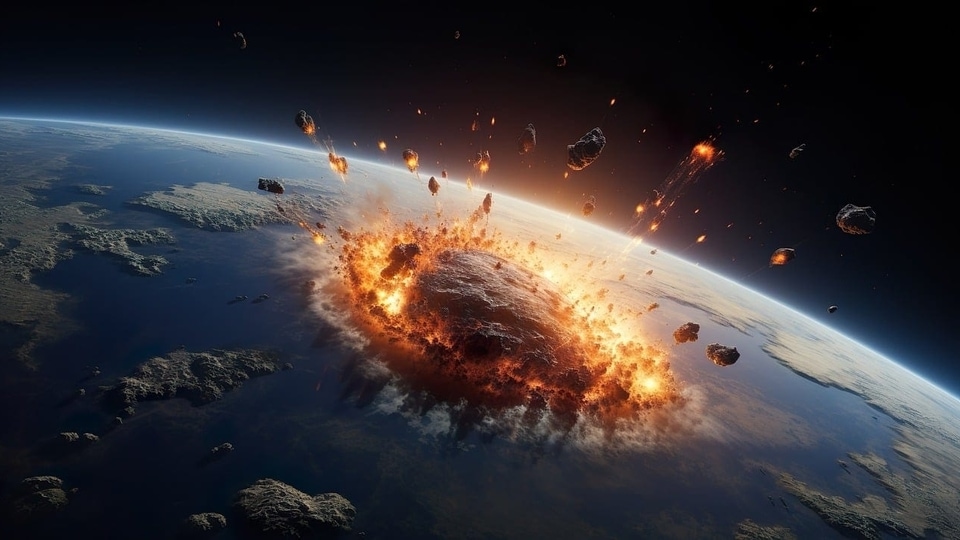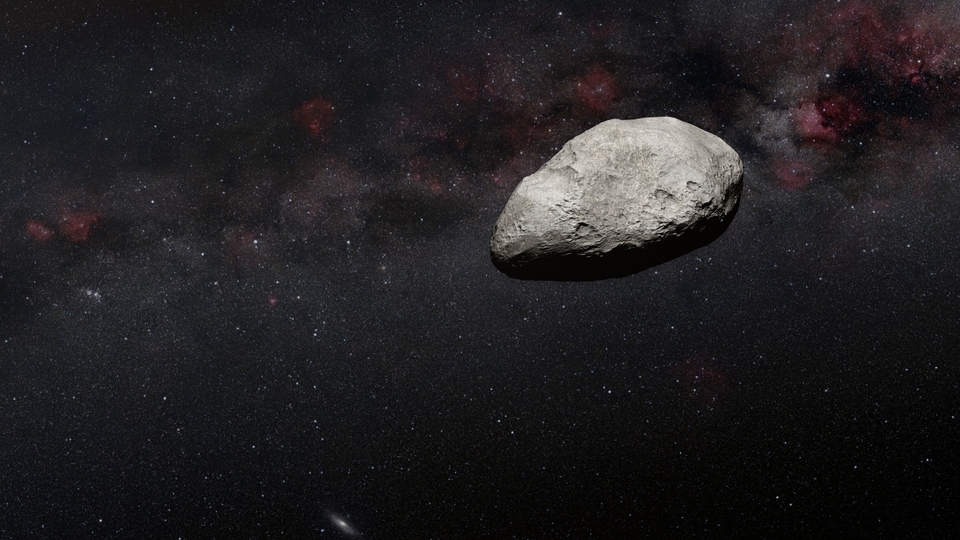Building-sized asteroid goes unnoticed till 2 days after its DANGEROUSLY close pass by Earth
Building-sized asteroid was spotted two days after its dangerously close encounter with the Earth. Know more about the asteroid.






 View all Images
View all ImagesShockingly, researchers and astronomers have all missed an asteroid that passed our planet from a dangerously close distance, and could have struck it too, if things went the other way! The incident is eerily reminiscent of 2013 when a huge asteroid shattered windows in Chelyabinsk, Russia. According to a report, asteroid 2023 NT1 was first spotted two days after it made its closest approach to Earth on July 13. This asteroid must be three times bigger than the asteroid in 2013.
Sky surveys and scientists discovered the space rock's existence after it had already passed us, leaving it in our rearview mirror. The asteroid's direction was hard to judge due to its direction from Earth just like the Chelyabinsk bolide.
About Asteroid 2023 NT1
The space rock was found by the Asteroid Terrestrials-Impacts Last Alert System (ATLAS) observatory in South Africa on July 15. According to the EarthSky report. the asteroid was 200 feet large and it made a close approach to a 60,000-mile radius of Earth. Although the space rock did not threaten to strike our planet, but such a huge object getting unnoticed can be a problem.
The asteroid's point of origin is considered a weak link in planetary defense efforts.
According to ESA (European Space Agency), approximately one million near-Earth asteroids, spanning from 30 to 100 meters wide, are predicted to exist, and the vast majority, 98.9 percent are yet to be detected.
Future mission to detect Asteroid
NASA intends to launch a mission dubbed NEO Surveyor by 2030 in order to find such massive undiscovered space objects.
ESA has also planned a mission known as NEOMIR. This mission focuses to provide early warnings for space objects that make near-earth encounters and are directed from the Sun.
According to Forbes. the 2023 NT1 is among the largest asteroids seen in recent months, but new ones are discovered every week.
Chelyabinsk Meteor
Earlier in 2013, the Chelyabinsk meteor was another incident that got unnoticed and created serious damage in Russia. The meteor also came from the direction of the Sun and it was 65 feet big. the asteroid triggered a powerful shockwave that created havoc, destroying thousands of buildings. This event caused approximately 1,500 injuries as shattered glass from broken windows became dangerous projectiles. It is known as the largest asteroid impact on Earth in more than a century.
Catch all the Latest Tech News, Mobile News, Laptop News, Gaming news, Wearables News , How To News, also keep up with us on Whatsapp channel,Twitter, Facebook, Google News, and Instagram. For our latest videos, subscribe to our YouTube channel.































